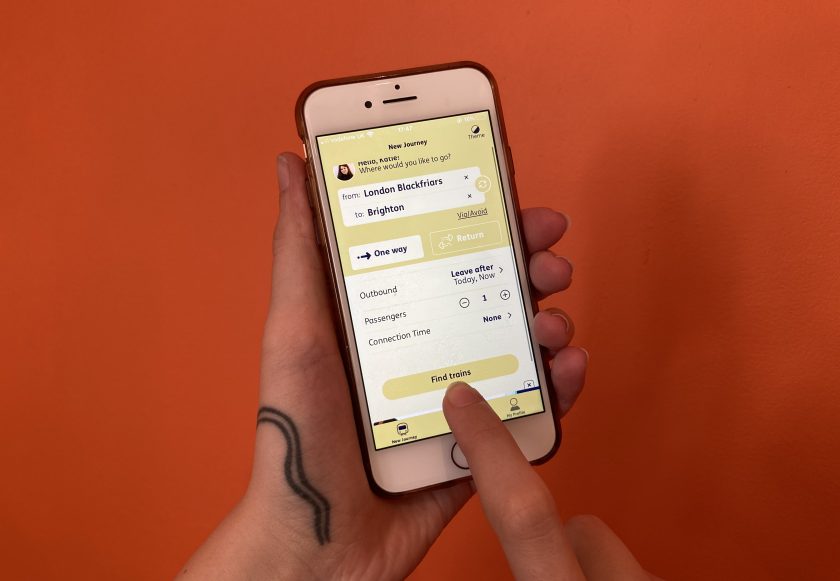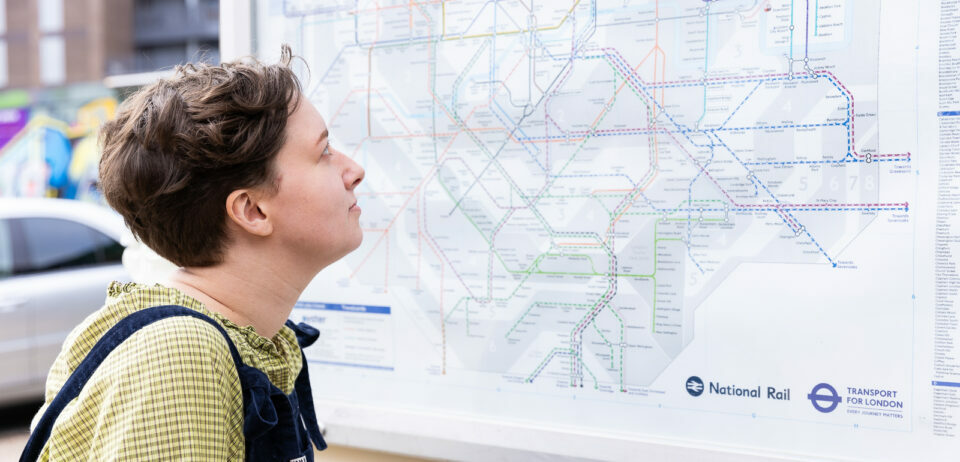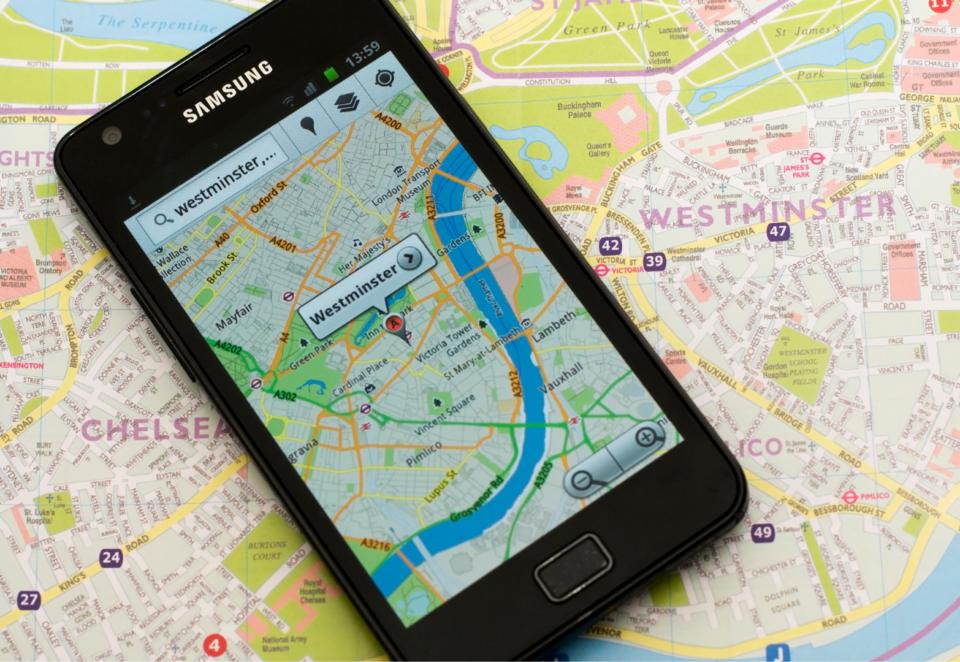Journey planning issues: in numbers
- 45%
- disabled people say they can’t travel spontaneously and have to plan
- A third
- disabled people have been given incorrect information about access
- 23%
- disabled adults in UK have no access to the internet
- 38%
- blind and partially sighted people in the UK have never used internet

Barriers to journey planning
Transport operators often fail to provide information to disabled passengers in the formats we need. If travel details are only available on a website, this could exclude the 23% of disabled adults who have no access to the internet (compared with 6% of nondisabled adults). Conversely, if information only exists as posters, signs, departure boards, or tannoy announcements, this excludes those with sensory impairments.
Information that disabled people require, but often cannot find or access, include:
- Walking distances within stations
- Availability and working status of lifts and escalators
- Staffing levels
- Crowding levels
- Availability/location of toilets, accessible toilets, Changing Places, rest stops, relief areas for Guide Dogs, and other facilities
- Whether priority space/seat(s) are occupied
Our research and work on journey planning


Support us
We can't do this without your support. Take action, give what you can, or sign up as a member - and join our movement of disabled people fighting for a better future.

